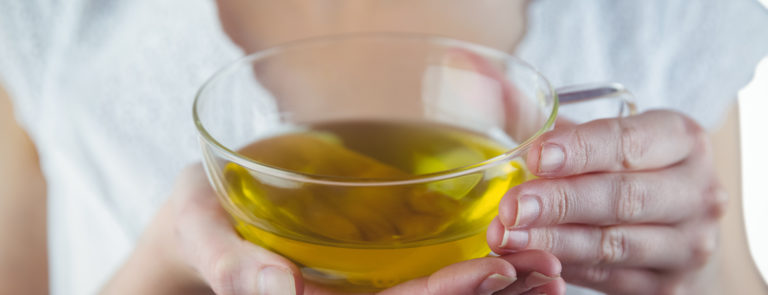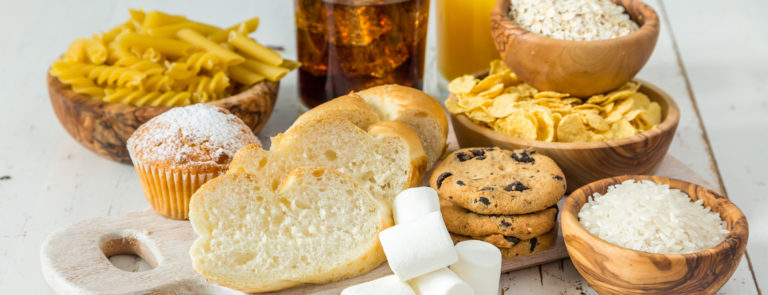10% off £35
Code:SAVE
What is low acid coffee?

Lots of people rely on a morning coffee to get them ready for the day ahead. But what is low acid coffee? Is it something that you need to look into?
Lots of people rely on a morning coffee to get them ready for the day ahead.
Whether it is a flat white, a cappuccino or even a tall, non-fat latte with oat milk and caramel syrup (phew!), coffee has a vibrant flavour, which is enjoyed by many all over the world.
However, the reason for its strong flavour is down to its acidity. Yes, you may not know this but coffee is acidic and while this is not necessarily bad news in itself, it can cause acid reflux, heart burn and tooth decay in some people.1
Whether you flip the switch down on your kettle or run to your local coffee shop when you are in need of a caffeine hit, you might want to have a closer look at low acid coffee.
Just how acidic is coffee?
Acidity is measured using the pH scale, which might take you back to your school science lessons! The pH scale measures acidity. Its range is from 0-14, with 7 being neutral. Anything lower than 7 indicates acidity and the lower the number, the higher the acidity.2 An average cup of coffee features at around 5 on the pH scales which means that it is more acidic than water (distilled water is neutral or 7 on the scale) but lower than orange juice which comes in around 3 on the scale.3Where does the acid in coffee come from?
The brewing process of coffee beans releases nine major acids, which contribute to its flavour. These are:- Chlorogenic
- Quinic
- Citric
- Acetic
- Lactic
- Malic
- Phosphoric
- linoleic
- palmitic acids4
What determines how acidic coffee is?
The levels of acidity can vary between different types of coffee and there are several factors which play a role in how acidic coffee is.The size of the coffee grounds
When the coffee grounds are smaller, more of the surface area is exposed relative to volume which means that more acid is extracted during brewing. Because of this, grinds which are finer are usually more acidic.5The roasting process
Studies have shown that the longer and hotter coffee beans are roasted for, the lower their levels of chlorogenic acid, suggesting that lighter roasts are higher in acidity.6The brewing method
Research has shown that cold brewed coffee is significantly lower in acidity than hot coffee.7 The length of time the coffee is brewed for may also affect acidity. Coffee that is brewed for a shorter duration results in a more acidic drink.8The best low acid coffees
But don’t worry. Coffee manufacturers have begun to produce less acidic coffee alternatives so you do not have to go without your morning cuppa. There are now lots of low acid coffee brands available to choose from. If you are prone to digestive issues such as acid reflux then try choosing coffees from Java, East Timor and Brazil. Some coffee producers have also developed a water and steam process, which naturally lowers the acidity of their coffee, without making any sacrifices when it comes to flavour.9 If you are looking for completely non acidic coffee, there are also several coffee alternatives available including chicory coffee, dandelion coffee and barley, rye and chicory blends.Treated and inadvertent low acid coffee
Most low acid coffees fall into two categories – treated low acid coffee and inadvertent low acid coffee.Treated low acid coffee
Treated low acid coffee means that the beans are processed with techniques that are designed to reduce acidity. They might be roasted very slowly, for example.Inadvertent low acid coffee
Inadvertent low acid coffee is used where coffees are naturally low in acid. Coffee plans that grow at low altitudes are usually lower in acidity. Beans from Indonesia, Peru and Nicaragua are grown at low altitudes.10Is decaf coffee less acidic?
There are benefits to choosing decaffeinated coffee over caffeinated coffee. But is decaf coffee also less acidic? In terms of acid concentration, the two types of coffee are very similar. However, decaf coffee may be kinder to a sensitive tummy. Caffeine can make your stomach generate more acid and so decaf might be a good option.11The effect of acid on your teeth
As well as the digestive issues we have discussed, acidity can cause damage to tooth enamel. Excessive coffee drinkers or those with dental issues may find that their teeth begin to soften and lose minerals.12 Shop Coffee & Coffee Substitutes Last Updated: 5th February 2021 Sources: 1 https://www.roastycoffee.com/low-acid-coffee/ 2 https://www.usgs.gov/media/images/ph-scale-0 3 https://www.ncbi.nlm.nih.gov/pmc/articles/PMC6898880/ 4 https://www.healthline.com/nutrition/is-coffee-acidic#acidity 5 https://www.ncbi.nlm.nih.gov/pmc/articles/PMC6560105/ 6 https://pubmed.ncbi.nlm.nih.gov/19530715/ 7 https://www.ncbi.nlm.nih.gov/pmc/articles/PMC6207714/ 8 https://www.ncbi.nlm.nih.gov/pmc/articles/PMC6560105/ 9 https://www.cookinglight.com/eating-smart/smart-choices/low-acid-coffee 10 https://www.homegrounds.co/uk/low-acid-coffee/ 11 https://www.adamsandrussell.co.uk/journal/is-coffee-acidic 12 https://www.cookinglight.com/eating-smart/smart-choices/low-acid-coffeeRelated Articles
Shop by wellness goal
Sign up for exclusive offers
Plus, get expert advice to support your health & wellness straight to your inbox when you sign up to Holland & Barrett emails.
Read our
privacy policy














